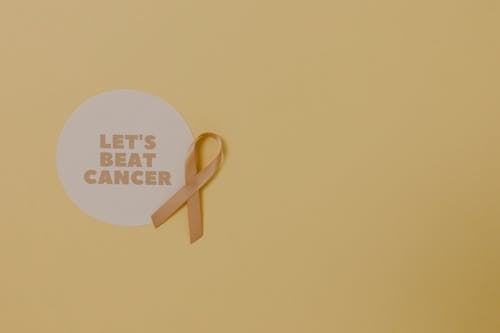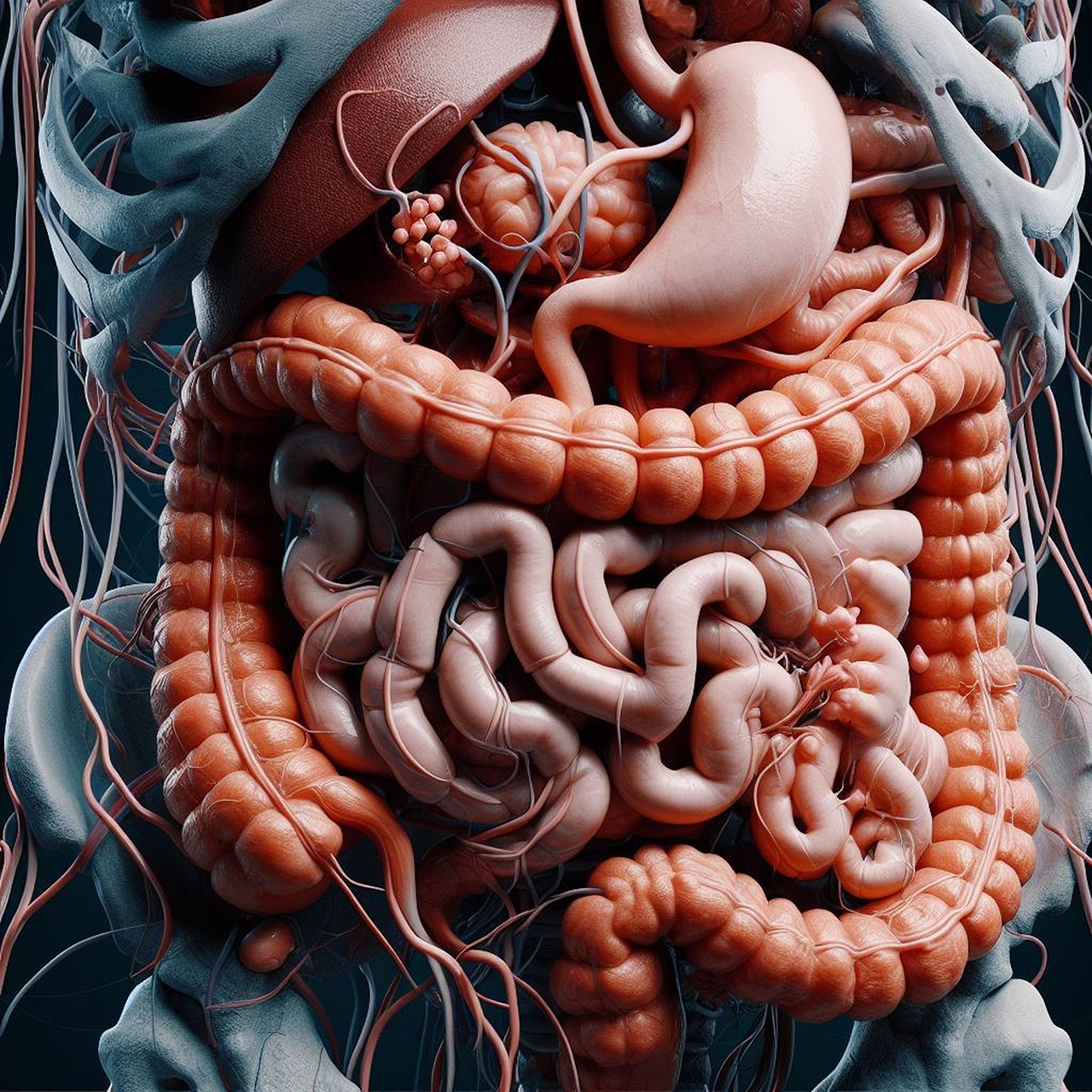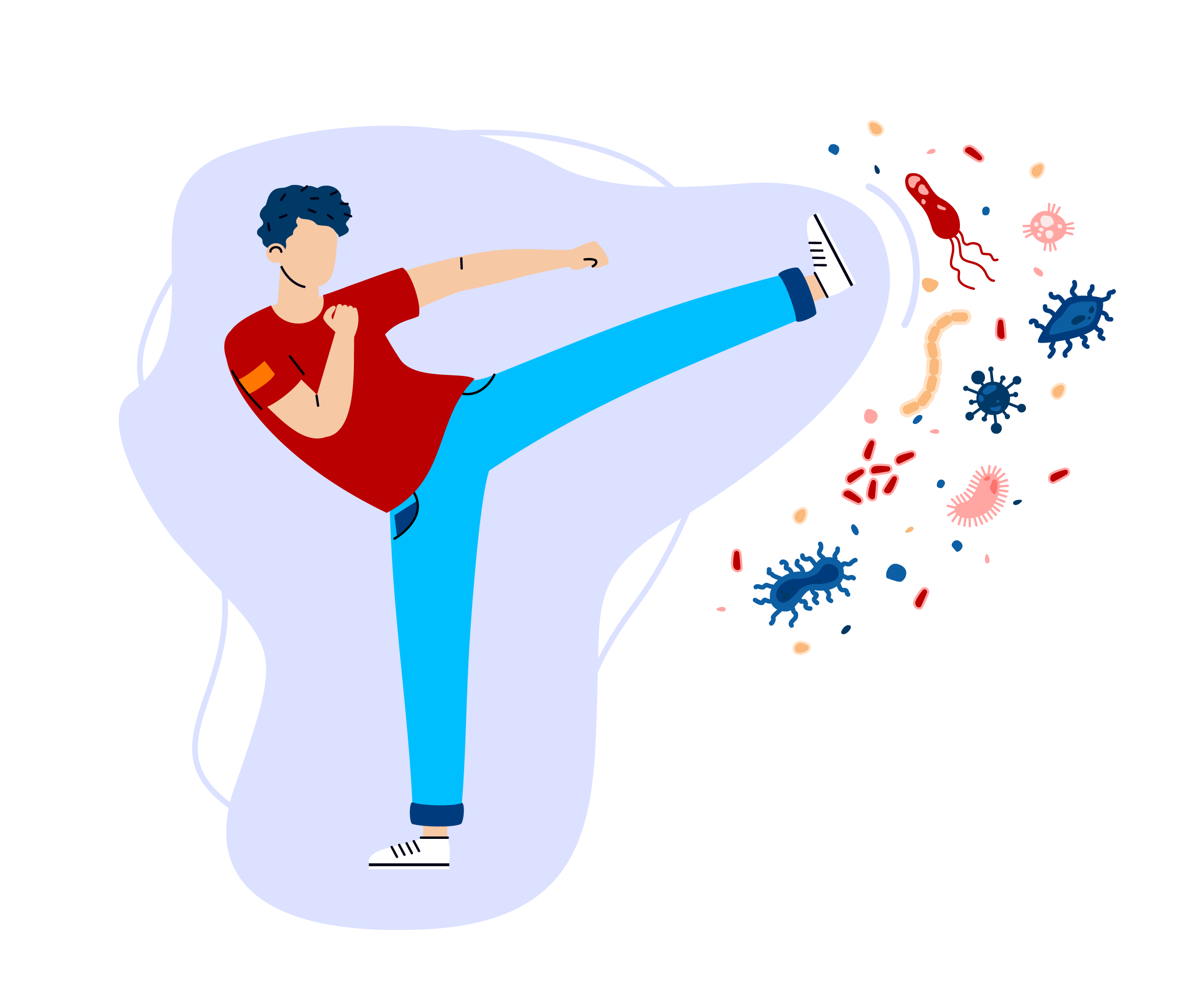
Breast cancer treatment side effects can be truly awful, which is why it’s important to prepare yourself. Whether you or someone you care for is facing breast cancer, preparing yourself for breast cancer treatment side effects is a major component of the battle. Every year, approximately 55,000 women and over 370 men receive a breast cancer diagnosis in the UK alone. Worldwide, breast cancer is one of the most common types of cancer, and it occurs when cells in the breast mutate, typically forming a tumour. Cancerous (malignant) tumours can also spread to other parts of the body, making the rapid treatment of breast cancer essential for survival.
Fortunately for those with a breast cancer diagnosis, up to 98% of people with breast cancer will survive their disease when the cancer is detected early.
Early detection is common for breast cancer patients because there are typical signs and symptoms to watch for. Unfortunately, treatment options such as radiation and chemotherapy can also cause uncomfortable and awful side effects.
The way your body reacts to a treatment plan is sometimes dependent on your genetic makeup, background, your overall health and the severity of your condition.
Breast Cancer Treatment Side Effects to Expect
In recent years, there’s been a rapid increase of life-saving treatment advances for breast cancer. Rather than just one or two options, patients today have a range of treatment choices to choose from. Most treatment strategies will include a combination of methods for removing cancer and the remaining damaged cells.
Surgery is often the first choice for breast cancer treatment, depending on the stage of breast cancer. A lumpectomy, or the removal of the lump can be a popular alternative to a mastectomy (the removal of the breast). However, any surgical procedure has potential side effects. Removal of tissue, lymph nodes and other components of the breast can cause pain, tenderness, and the formation of scar tissue.
It’s also worth noting the significant change to body appearance can be difficult for some cancer survivors. Fortunately, there are surgical options available to reconstruct the breast for those who feel their self-esteem begins to suffer.
The most significant side effects from breast cancer are often connected to the medicinal treatment given to shrink or eliminate the rapidly dividing cancerous cells.

Breast Cancer Treatment Side Effects: Chemotherapy
Chemotherapy is the most common form of cancer treatment. It works by attacking rapidly dividing cells in the body. Unfortunately, while cancer cells are responsive to chemotherapy medication, your skin and digestive tract cells are vulnerable too. Chemotherapy, therefore, leads to side effects like vomiting, nausea, hair loss, and general feelings of weakness.
Doctors can often prescribe medications to accompany chemotherapy treatments to reduce and relieve vomiting and nausea. Side effects can include:
- Bruising
- Infection
- Bleeding
- Fatigue
- Weakness
- Soreness, aches and pains
- Sleep disturbance
- Low appetite
- Mood changes
Many of the most common side effects of chemotherapy are linked to low blood counts, which happen during chemotherapy because the dividing blood cells in the bone barrow are prone to damage from medications used in the treatment. In some cases, chemotherapy can even trigger another form of cancer or heart damage.
People in different stages of their lives can also respond to chemotherapy in unique ways. Premenopausal women, for instance, may experience damage to their ovaries which prompts the beginning of early menopause. Symptoms of early menopause include hot flashes, vaginal dryness, and mood swings. Becoming pregnant may also be challenging.
The mood-oriented side effects of chemotherapy are also particularly complex. While physical symptoms go away after treatment has finished, mental conditions can continue. Common psychological side effects include:
- Depression
- Sadness
- Fear
- Sleep disturbances
- Chemo brain (trouble concentrating)
- Feelings of isolation
Therapy and counselling can assist people in readjusting to the lifestyle they had before their treatment. Counselling can also be a valuable tool for dealing with the fear of a potential relapse and re-emergence of cancerous tumours.

Other Common Breast Cancer Treatments
Beyond chemotherapy, there are other forms of treatment for cancer, each of which come with their own potential side effects. Some of the most common treatments and their potential side effects include:
Radiation therapy
Radiation therapy often results in side effects that can appear slowly. You may not notice any significant side effects at first, but serious complications can develop even after treatment, including issues like:
- Secondary cancers
- Inflamed lung tissue
- Heart damage
Fortunately, these side effects are very rare. More common complications may include problems such as depression, skin burns, irritation, discolouration, lymphedema, and fatigue.
Hormone therapy
Treatments like hormone therapy can reduce oestrogen levels in women, which also increases the risk of osteoporosis. Most doctors will monitor bone density levels during a hormonal treatment period to ensure the condition doesn’t become too significant. Low oestrogen levels also lead to common symptoms of menopause, like vaginal dryness and irritation. Certain treatments can also heighten your risk of endometrial cancer and blood clots.
Targeted therapy
Targeted therapy is a treatment method that involves targeting the specific genes, tissue, and proteins of cancer. These treatments work differently from chemotherapy, blocking the spread and growth of cancer cells, so the damage to healthy cells is limited.
Not all tumours will have the same target areas, so your doctor will need to run tests to find the most appropriate treatment for you. If you’re approved for targeted therapy, there’s a risk of some mild side effects like skin rashes, the loss of hair colour, mouth sores, and fatigue.
Alternative Treatments for Breast Cancer
Alternative therapies are beginning to emerge for those with breast cancer. For instance, partial breast irradiation, or “PBI”, is a radiation therapy focused specifically on the tumour area, rather than the entire breast. Targeting the radiation directly in the right area can reduce the amount of time required for successful radiation therapy. This condition is still being studied but may be helpful in preventing some of the side effects of radiation moving forward.
Another potentially interesting treatment is intensity-modulated radiation therapy, which involves varying levels of radiation directed at the breast to better target the tumour. This helps to lessen the radiation dose and can decrease potential damage to nearby organs. IMRT therapy can also lessen some of the risks of immediate side effects like skin peeling.
Some scientists are also experimenting with proton therapy, which uses x-rays to kill cancer cells. At high energy levels, protons can destroy cancer cells without the same impact as radiation therapy.
As breast cancer treatment continues to evolve, there’s hope that future options will present fewer side effects to those recovering from cancer. In the meantime, you can learn more about your risk of developing breast cancer or other cancers with a CircleDNA test. This comprehensive DNA test will reveal mutations in your genes that may indicate a higher risk of cancer, so you can begin to make lifestyle changes that protect you in the future.






